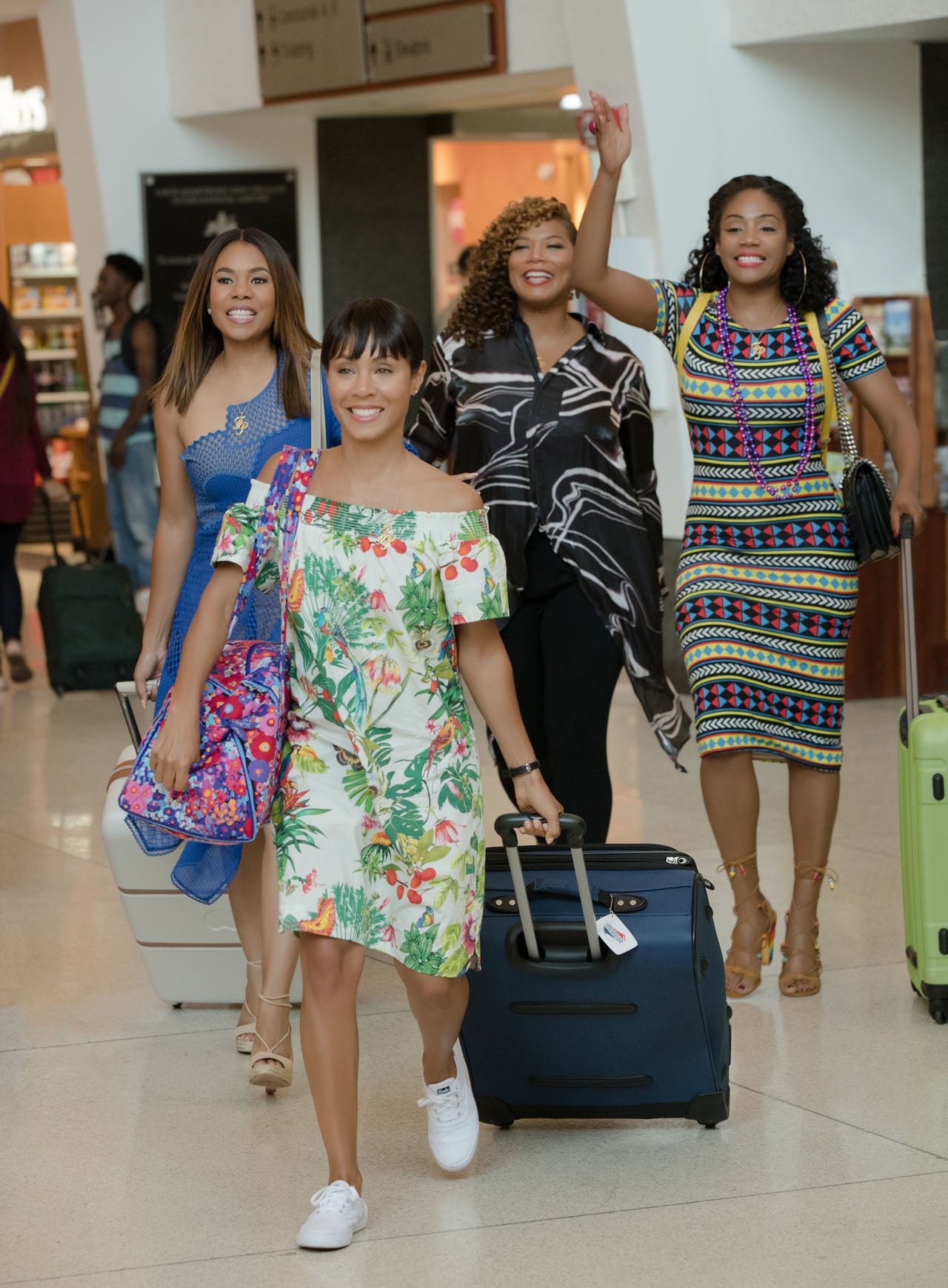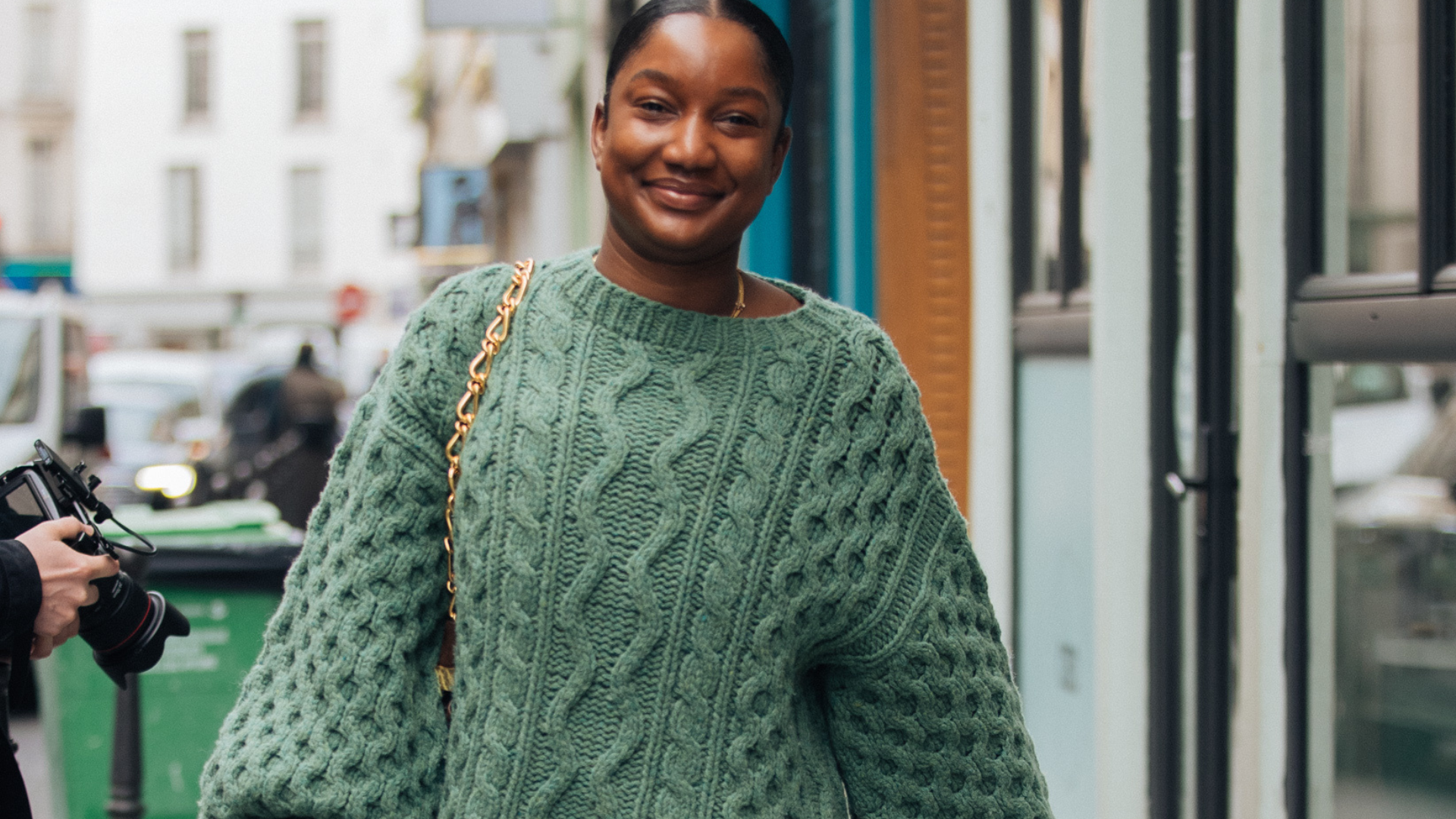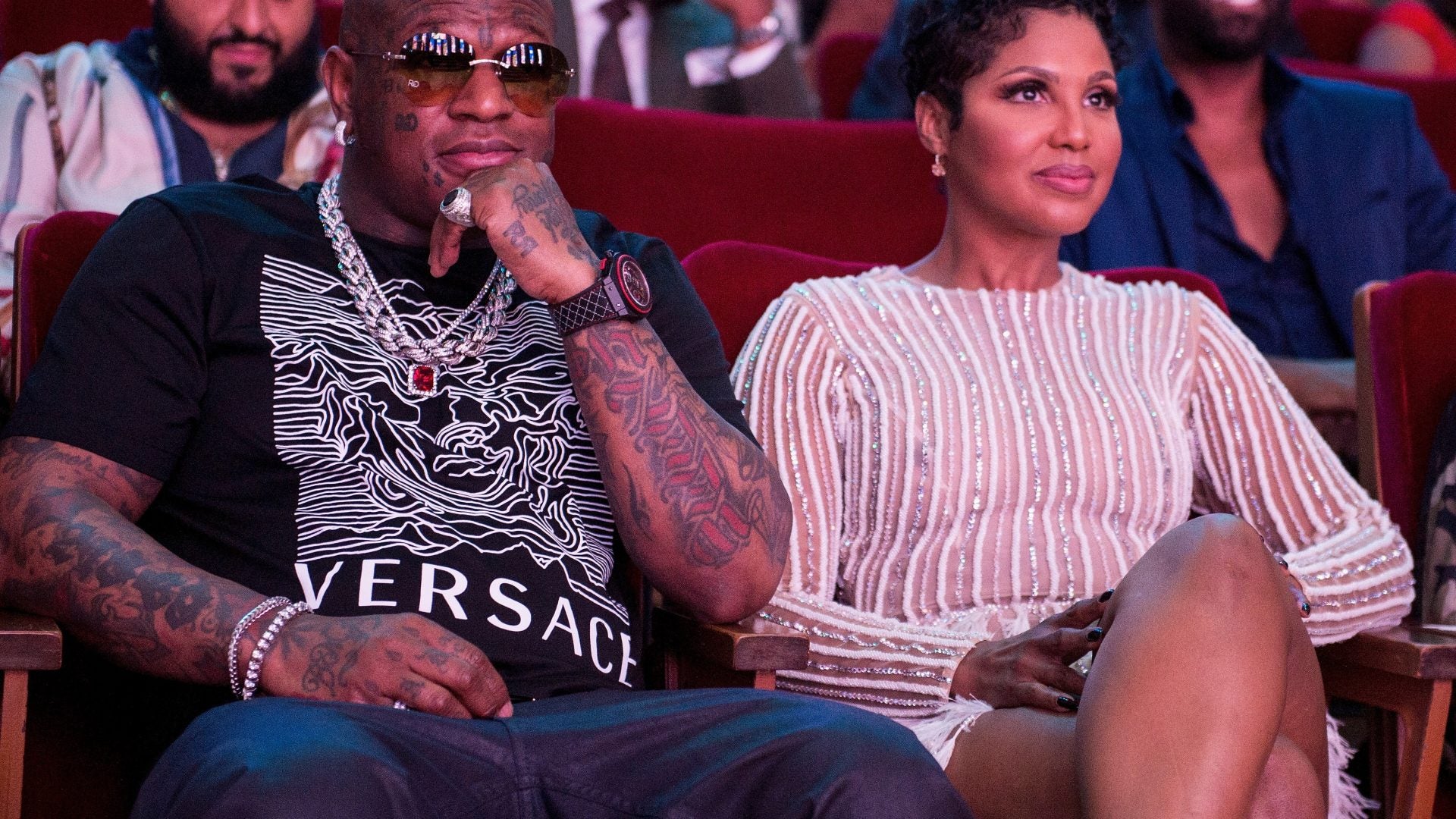
Girls Trip is officially the breakout comedy of the year, raking in more than $65 million since it’s release at the end of July. The hit has once again proven that films with diverse, mostly Black, casts can win at the box office. Like Hidden Figures, Get Out, and Ride Along 2 before it, Girls Trip is taking Hollywood by storm and audiences are asking for more. Despite its success, and other movies like it, the film business continues to fail at including diverse voices. And when it comes to Black women behind the scenes, the industry has virtually shut them out.
While women like Ava DuVernay continue to break down barriers on TV and film, a new report by Professor Stacy L. Smith and the Media, Diversity & Social Change (MDSC) Initiative at the University of Southern California found that women, racial/ethnic minority groups, the LGBT community and individuals with disabilities continue to be grossly underrepresented in film. In fact, after analyzing 900 of the top grossing movies between 2007 to 2016 (researchers excluded 2011), Smith and her team uncovered women of color missing, both in front of and behind the camera.
The report found:
– Less than one-third of speaking characters on screen were girls/women, including just 31.4% of characters in the 100 top movies of 2016
-Only 34 out of the top 100 films of 2016 included a female lead or co-lead character. Of those movies, only 3 were lead by women from underrepresented racial/ethnic groups
-Only 29.2% of the top films of 2016 included characters from underrepresented racial/ethnic groups with speaking parts. Additionally, 25 of the top 100 films included zero Black characters with speaking parts (and a whopping 47 of the 100 top films failed to feature a Black female character with a speaking part)
Just as Black women are marginalized on screen, despite moviegoers rewarding films with diverse casts with healthy box office numbers, Black female directors are also struggling to find a seat at Hollywood’s table.
Last year, DuVernay made history as the first woman of color to direct a project with a $100 million budget when Disney tapped her to helm its highly-anticipated adaptation of A Wrinkle in Time, but according to Smith’s findings, DuVernay is just one of three–THREE–Black female directors among the list of 900 top grossing films. The other two? Gina Prince-Bythewood (Beyond the Lights) and Sanaa Hamri (The Sisterhood of the Traveling Pants 2, Just Wright). Moreover, out of the top 100 films of 2016, which included a total of 120 directors, only seven were Black (and all of them were male)–Antoine Fuqua (The Magnificent Seven), Tim Story (Ride Along 2), Tyler Perry (Boo! A Madea Halloween), Denzel Washington (Fences), Malcolm D. Lee (Barbershop: The Next Cut), David E. Talbert (Almost Christmas), and Barry Jenkins (Moonlight).
While there has been a lot of discussion about increasing the diversity of voices in Hollywood through hashtags like #OscarsSoWhite, this report indicates the industry has been painfully slow to chance. To address the issue, Smith and her team suggests companies set target inclusion goals and actively hire a those from marginalized groups; actively confront implicit and explicit bias; and partner with film schools to reach out to minorities.
In Hollywood, money talks. As Girls Trip continues to heat up theaters, it’s time the industry recognizes it needs to begin to look like the films people flock to see.





